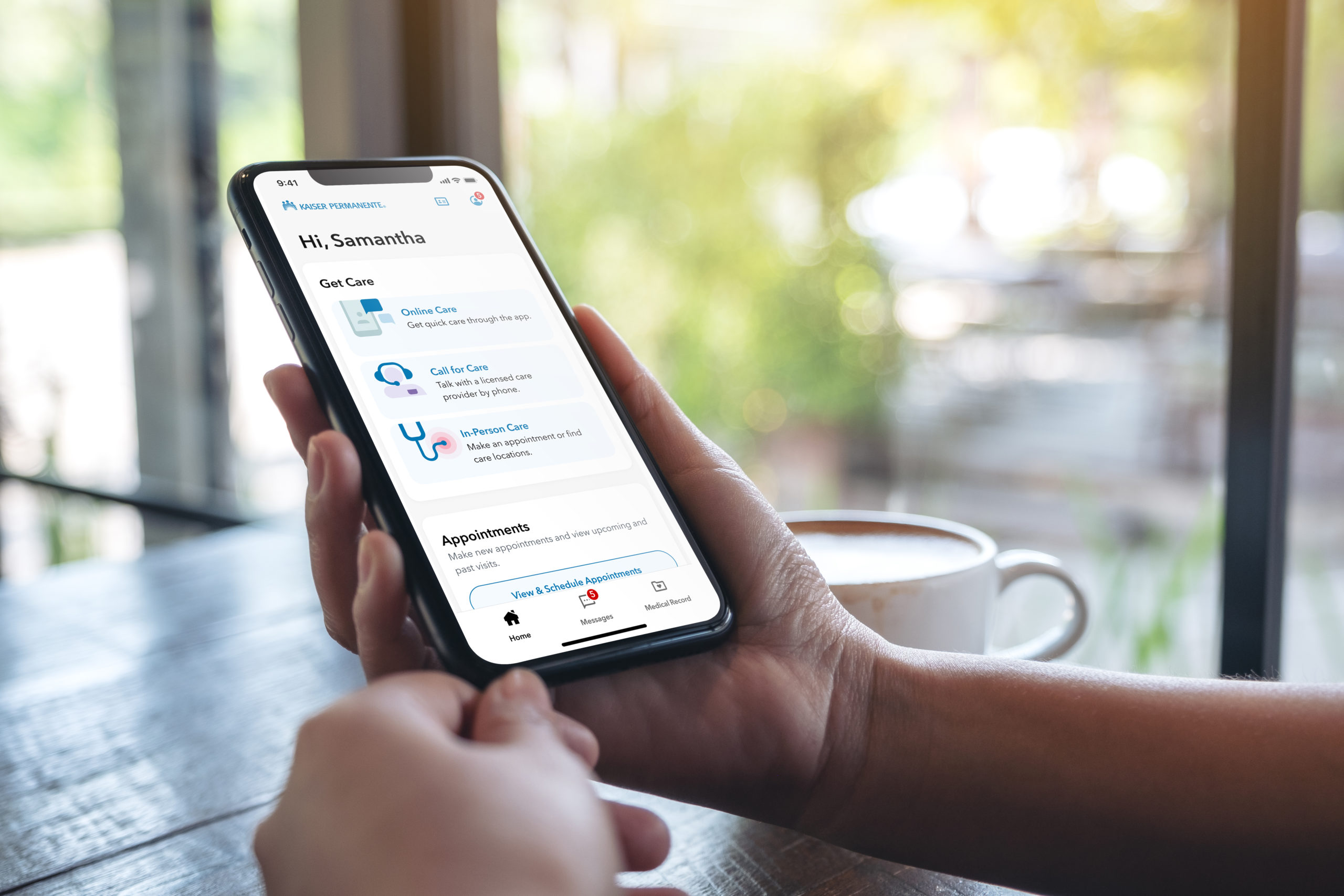The rapidly expanding field of telemedicine is making it easier than ever for patients to receive prompt, convenient medical attention. And the growing use of electronic medical records makes medical follow-up quicker and more efficient.
What exactly is telemedicine and how does it work?
Telemedicine uses electronic communications to provide patient care from a distance. It involves communicating with patients remotely, through what’s called a “video visit” and secure private messaging, and maintaining electronic records so that practitioners can access the latest patient data and share it, if necessary, to consult with colleagues.
A video visit requires access to a computer with a webcam, or to a smartphone or tablet, as well as good internet connectivity. But once you’ve scheduled a visit and logged in, you’ll be joined with a physician in a virtual, real-time, face-to-face communication that is secure, private, and confidential.
What kinds of cases is telemedicine best suited for?
For certain medical conditions, video visits are just as effective as in-person appointments, and they usually can take place more quickly and at less cost. Patients with colds and flu can be evaluated without having to leave a sick bed — and without exposing others to their germs. Skin rashes, fevers, and minor cuts are the kinds of conditions that can be diagnosed in a video visit.
Video visits are also convenient for patients who live a great distance from their doctor, who have mobility issues, or whose schedules and responsibilities make in-person visits a challenge. In addition, telemedicine allows specialists from all over the world to consult on a case that warrants it.
At Kaiser Permanente, we have had wonderful success using video visits for our behavioral health practice, for nutrition management, and genetic counseling. It’s a great way to check in with patients who have chronic conditions such as diabetes and hypertension, to make sure they’re managing their disease well.
When are video visits not appropriate?
There are certain situations when it’s definitely preferable for a patient to be seen in person. If you’re having chest pains, it’s best to go straight to the emergency room. Think of the video visit as an addition to the physical exam, not a substitute for it.
How does telemedicine enhance patient care and improve outcomes?
One big benefit is that video visits allow people who aren’t well to stay comfortably at home. And one of the things patients love about video visits is that there is often no copay (although health plans will all differ in their policies on this). Our providers have found that video visits tend to be shorter and more efficient, which is better for everyone. Patients can even participate from work, saving them from having to take time off from their jobs.
For more about telemedicine at Kaiser Permanente, and video visits specifically, click here .



